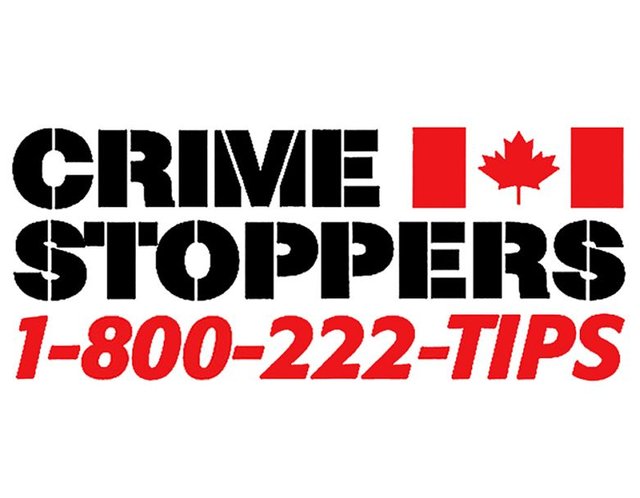Crimestoppers - abused for years by cops?
In 2009 I was approached by a member of the public, who had a family member who was a serving, warranted law enforcement officer. This individual was told I was the person to speak to reference investigation of corruption at a Municipal Police Service in Ontario, Canada. My first instinct was to ask why that ‘relative’, a serving, sworn Police Officer had not gone forward with the same as was his/ her duty, but after reading and digesting the contents it became clear how this exposé would destroy the career of the informer.
It alleged that officers, who were now either retired, in Senior Management positions, Intelligence officers or Homicide Detectives had for years been defrauding both the Crimestoppers system and the system used to pay reward money to sources (informants). The evidence provided, although sparse was compelling and also corroborated other information I had received from other sources, both inside and outside the Police Service. Indeed, I had made similar allegations in 2008 against a serving Inspector, including the sale of intelligence to local crime groups.
That Inspector was subsequently arrested and faced over 40 fraud related charges, but pled guilty to only one. A more realistic figure was closer to 600 charges as one of the investigators into his case told me, “He’s been ripping off the ‘source handling fund’ for years”. He did this a number of ways, but his preferred method would be to forge the signature of other supervisors. For his decades of criminality he was sentenced to one year’s house arrest and paid back only $50,000 of the hundreds of thousands of dollars he stole. A punitive decision; that in itself that demonstrates a two-tier justice system.
You would think proven systems that have been in place for years would be ‘racket’ proof, however Crimestoppers and any Police ‘source handling fund’ are still surprisingly easy to defraud, due to their need to keep the compensated recipients anonymous. The ‘source handling fund’ works on a trust basis and nothing more. For example; Officer ‘A’ interacts with Source ‘A’, who has provided genuine intelligence. Office ‘A’ speaks with Supervisor ‘A’ and expresses this information worth $1,000. Supervisor ‘A’ gives Officer ‘A’ $1,000. Officers ‘A’ meets with Source ‘A’ and gives $500 of the $1,000 keeping $500 for themselves.
Now, Officer ‘A’ takes the same intelligence provided by Source ‘A’ and phones it confidentially through to Crimestoppers, being required to provide no personal details. Officer ‘A’ is then provided a reference number. Crimestoppers send the tip back through to Officer ‘A’, and at a later date again contact Officer ‘A’ and ask if the information provided was useful and should they pay a reward. Officer ‘A’ of course confirms the intelligence was of use. Officer ‘A’ then calls in to Crimestoppers providing the reference number he was given, is told he will be rewarded fiscally and told where to collect that reward, with no way of their true identity being revealed.
Another illicit use of Crimestoppers, and unfortunately a practice to which I have been victim, consists of utilizing the scheme to assist in obtaining warrants. For instance; Officers ‘A’ attends a Magistrates office and applies for a warrant to enter Suspect ‘A’s home and search for drugs. The warrant is refused as all the intelligence in the ‘Information to Obtain’ is circumstantial. Officer ‘A’ returns to the station and knowing there is no way to trace the caller, phones Crimestoppers and reports ‘anonymously’ that Suspect ‘A’ is dealing drugs from his home address. Unwittingly, Crimestoppers then contact Officer ‘A’ and provide him the information he just provided to them. Officer ‘A’ then returns to the Magistrates Office and based on ‘new’ information is granted a warrant.
The Crimestoppers tip is non-disc losable at trial and the source never questioned, notably Criminal Defence lawyers having long ago given up challenging information received via Crimestoppers. This depicts a more fearful side to a program which allows officers to freely flout Sections 8 (unreasonable search and seizure) of The Canadian Charter of Rights and Freedoms. A fair question would be how many people are currently incarcerated due to lies and deceit on the part of serving Police Officer’s and not because they received a fair trial and their guilt was proven beyond a reasonable doubt?
Towards the end of 2009 and after much deliberation I provided all documentation to the outgoing Chief. The idea was, the new Chief, brought in by the Police Service Board specifically to ‘clean up’ could use this investigation to make a statement about the finite future of corrupt officers. On handing the documents over I was asked what the folder contained, and clarified in an ‘elevator pitch’ manner. The response, which in retrospect I should’ve expected, still shocked. The Chief said, “You really have no concept of brotherhood, do you?” No investigation or inquiry commenced, direct threats were made by Senior Management concerning my safety and I was constantly reminded to “be careful what you say”.
Crimestoppers has an extremely important role in law enforcement, however an overhaul is needed and protections put in place that stop further and repetitive abuse. At the end of 2013 a Homicide Detective from the same Police Service, who I had suspected of the same behavior shot himself. Rather than offering transparency and accountability management tried to hide the reason behind his suicide stating on ‘personal issues’. It was revealed by local media he was under investigation for a number of issues, including defrauding the ‘source handling fund’ to pay his lover. This corroborating four years after my initial allegations to the Chief, officers were still unrestrictedly committing acts of criminality.
